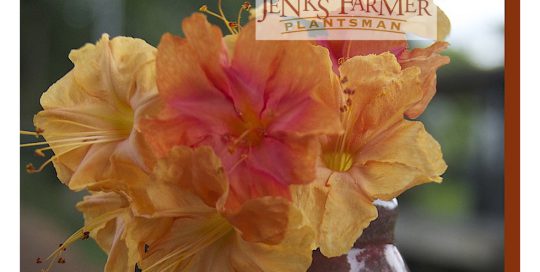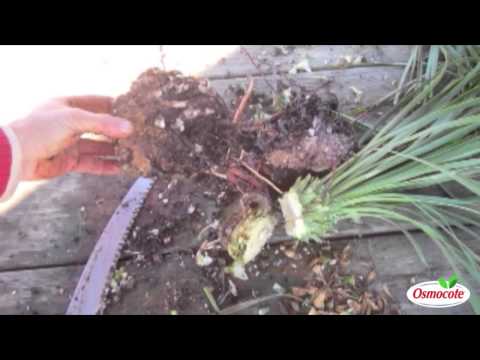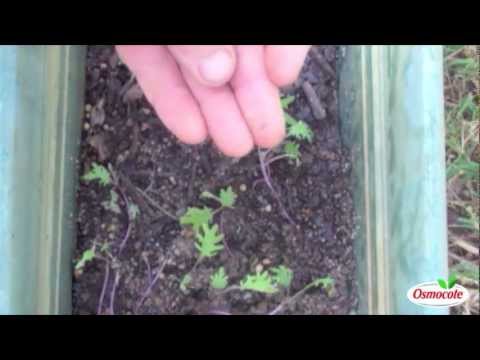Planting All Summer Long
Views: 3721
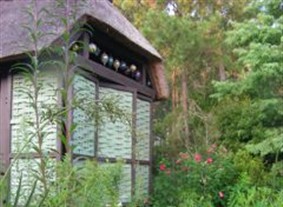
We’ve reached the dog days. I was forced to notice this weekend while attempting some summer planting.
Friday night was sort of not hot, at least tolerable for an outdoor dinner. By Saturday it was over! We planted giant sansanqua very early in the morning, but I was drenched by 9:30, shirt stuck to me and streaked with mud.
Summer Planting
My point is that even in the worst heat, contrary to popular belief, you surely can plant now. BUT, unless you’re around constantly or have a gardener every day, it’s not the best idea or practice.
Plants get really stressed and are prone to drying out, but you can (and WE do) plant all summer long. All you need is the dedication and/or the help to provide constant care and monitoring. So if there is something that you just absolutely have to get planted now, go ahead, but dedicate yourself to the maintenance.
The yellow Cosmos and purple Zinnias that I seeded in a few weeks ago are all happy and brilliant now. I encourage you to do the same. There’s still time to scatter these in all those bare spaces in your borders or on a sunny bank or in a meadow.
Looking Good Now
Silphium perfoliatum
These are the giants in the border bearing yellow flowers like daisies but on 9-foot tall stalks! This one does great in our hot and humid environment, and the cheerful yellow flowers last well into fall. The dark green foliage is beautiful with leaves that fuse together at the stalk forming a cup that often holds water after a rain. Warning, it can be a bit weedy and invasive, but is reasonably easy to control. It is best in a larger garden.
Bauhinia tomentosa
What a conversation starter this plant is. We really can grow a variety of tropical trees, and some, like this one make great cut back shrubs for the perennial border. We prune it regularly to control the shape and size because it is a vigorous grower even in light shade. Its deciduous, and leafs out from old wood to form either a large shrub or small tree with light green leaves. While the foliage is beautiful, the profuse bright yellow, 8 diameter, bell-shaped flowers with black to maroon-colored centers are the real showstopper! Add to that the interesting velvety, hairy seedpods that grow 6long or more, and you have a plant that people talk about most of the year. Bees and butterflies love it, but be careful, the seeds are poisonous and some parts of the plant can cause skin irritation.
Passiflora incarnata x cinnicate
Incense really need to be planted in tiny contained spaces where they can crawl out and over. They are AGGRESSIVE! I plant incense by a large fountain and train it over the water to other perennials. In sun to partial shade this plant produces an abundance of lavender/purple flowers and then yellow fruit that is edible. It flowers best in spring. But it continues off and on all summer and into early fall. It has a heady scent that has been described as honey fresh from the hive, and bees, butterflies and hummingbirds love it. It dies back when the temperature gets below 32F but will regrow the following season from the roots.
Lagerstroemia Bourbon Street
Or Rosy Pink Crepe Myrtle, works great if you have a small garden or a northern garden. This dwarf form of crepe works beautifully mixed into a perennial border. It boasts grey-green leaves and watermelon-colored flowers from late spring through frost. It is heat and drought tolerant, but does best with adequate moisture. Propagation is from cuttings.
Aster Carolinianus (Carolina Aster)
This is not even in flower yet, but it’s time to think about its dramatic show in the October. We planted orange gladiola around ours today, so when it does flower, well have something killer to contrast with it. Last November we cut ours to the ground when they were 6 feet tall and 12 wide, and by February foliage began to emerge from the thick woody stems. I think my colleague, Ethan Kauffman, bests describes this when he wrote, A. Carolinianus is not shy about seeding itself around the garden. It is at its best scrambling on unsuspecting shrubs in unexpected locations. It is just as apt to spontaneously create breathtaking combinations as it is to choke out an existing one.
Meet Jenks Farmer
Jenks's Recent Posts
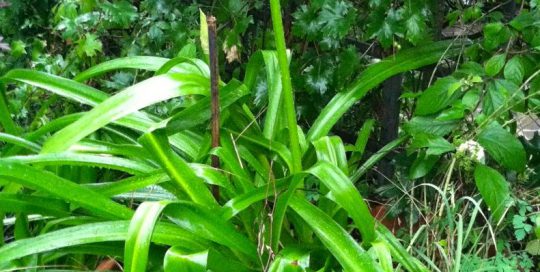
Beans: A Nurse Crop for Perennials
